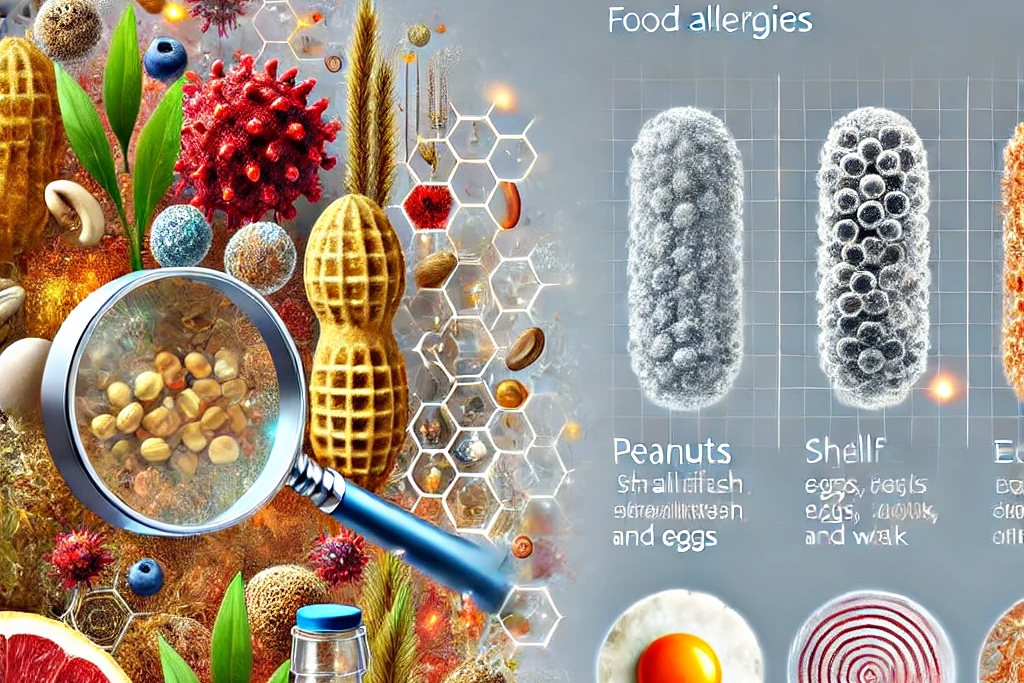Food allergy skin rash is a common and often distressing reaction experienced by individuals with food allergies. This condition occurs when the immune system mistakenly identifies specific foods as harmful, triggering a series of reactions that manifest on the skin. Food allergy skin rash is not only a physical issue but can also affect emotional well-being and quality of life. In this comprehensive article, we will explore everything about food allergy skin rash, including its causes, symptoms, triggers, diagnosis, treatment, and prevention.
What is a Food Allergy Skin Rash?
A food allergy skin rash refers to any skin irritation or reaction caused by an immune response to certain foods. These rashes can range from mild redness and itching to severe swelling and inflammation. They occur when the body releases chemicals, such as histamine, in response to allergens found in food.
The appearance of food allergy skin rashes varies among individuals but commonly includes red, itchy patches, raised welts, or dry, scaly areas on the skin. For some, these rashes may appear almost immediately after consuming an allergen, while for others, the reaction could be delayed.
Common Symptoms of Food Allergy Skin Rash
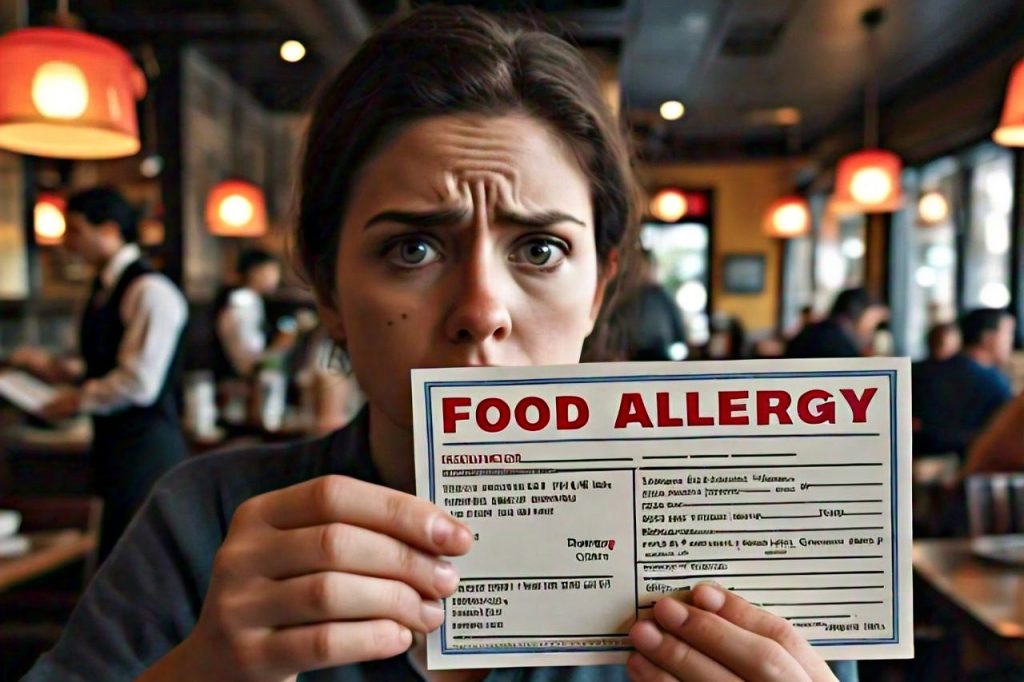
The symptoms of food allergy skin rash can be distinct but often overlap with other allergic reactions. Some of the most common symptoms include:
- Hives (Urticaria):
- Raised, red, itchy welts that may vary in size and shape.
- Often appear suddenly and can spread across the body.
- Eczema (Atopic Dermatitis):
- Chronic, dry, scaly, and itchy patches of skin.
- Frequently worsened by specific food allergens in individuals with food allergies.
- Angioedema:
- Swelling beneath the skin, often around the eyes, lips, hands, or feet.
- May occur along with or without hives.
- Contact Dermatitis:
- Localized redness and itching that occurs when skin comes into direct contact with allergenic food.
- Blisters or Pustules:
- In severe cases, the skin may develop fluid-filled blisters or pustules that require medical attention.
- Generalized Redness:
- Some individuals may experience widespread redness and warmth on the skin, especially in severe allergic reactions.
Foods That Commonly Trigger Skin Rashes
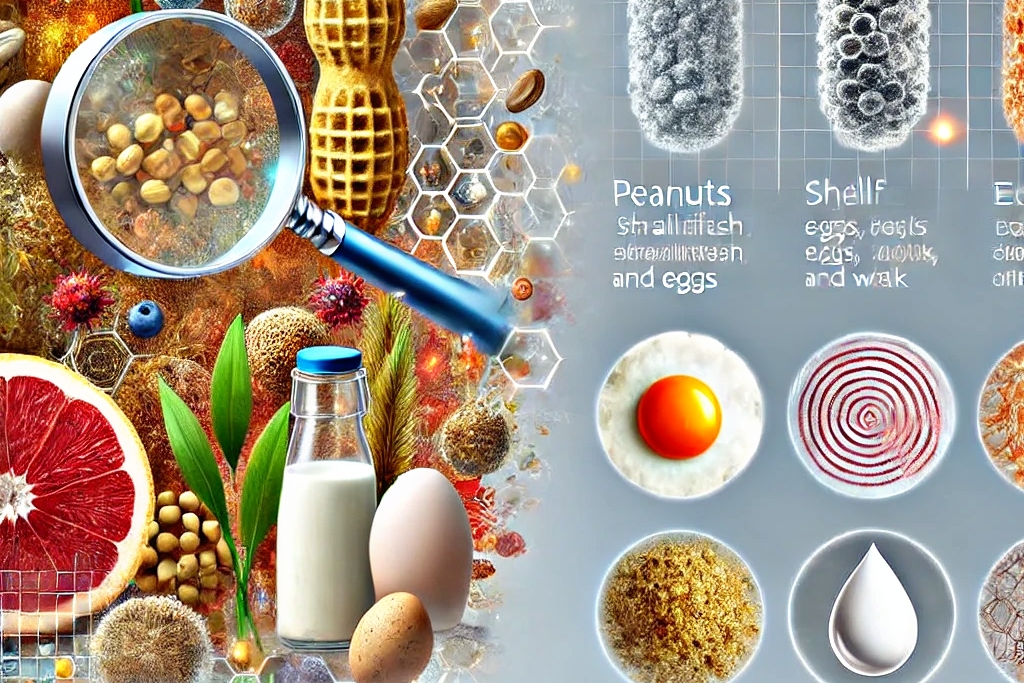
Certain foods are more likely to cause food allergy skin rashes due to their allergenic proteins. The most common triggers include:
- Peanuts and Tree Nuts (e.g., almonds, walnuts, cashews).
- Dairy Products (cow’s milk and its derivatives).
- Eggs (especially egg whites).
- Shellfish (shrimp, crab, lobster) and fish.
- Soy Products (soy milk, tofu).
- Wheat and Gluten (in bread, pasta, and baked goods).
- Fruits like Kiwi or Strawberries.
It’s important to note that food allergy skin rashes may also occur due to less common allergens, including certain spices, food preservatives, or artificial additives.
Causes of Food Allergy Skin Rash
A food allergy skin rash develops as part of the body’s immune response. Here’s a step-by-step look at how it happens:
- Exposure to Allergen:
- The individual consumes or comes into contact with a food allergen.
- Immune System Activation:
- The immune system mistakenly identifies the allergen as harmful and releases antibodies, particularly immunoglobulin E (IgE).
- Release of Histamine:
- When IgE antibodies detect the allergen, they signal the release of histamine and other chemicals, causing inflammation and rash.
- Skin Reaction:
- Histamine triggers visible symptoms such as redness, itching, and swelling.
Certain factors, such as genetics, existing allergies, and environmental triggers, can increase the likelihood of developing a food allergy skin rash.
Diagnosing Food Allergy Skin Rash
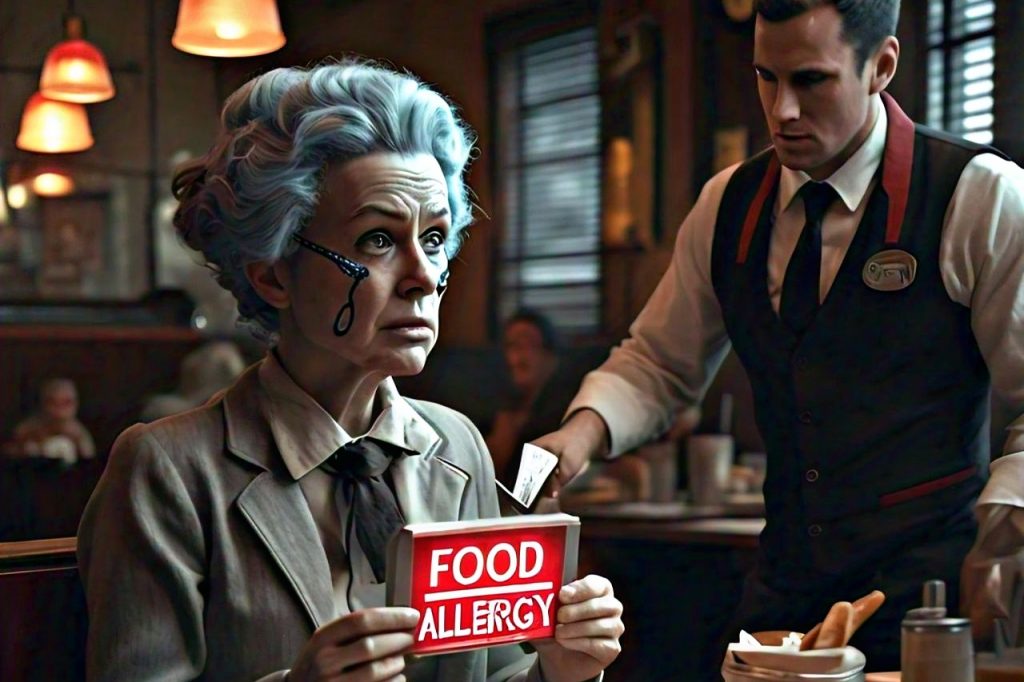
Proper diagnosis of food allergy skin rash is essential to manage and prevent future reactions. Here’s how it is typically diagnosed:
- Medical History Review:
- A doctor will ask about the timing and frequency of the rash, foods consumed, and accompanying symptoms.
- Skin Prick Test:
- Small amounts of suspected allergens are introduced to the skin to observe for a reaction, such as redness or swelling.
- Blood Tests:
- Specific IgE blood tests measure the body’s response to various food allergens.
- Elimination Diets:
- Temporarily removing potential allergens from the diet can help identify the trigger.
- Oral Food Challenge:
- Conducted under medical supervision, this involves consuming small quantities of a suspected allergen to confirm the diagnosis.
Treatment Options for Food Allergy Skin Rash
Managing food allergy skin rash involves addressing symptoms and preventing future reactions. Here are the primary treatment options:
1. Immediate Relief
- Antihistamines: Over-the-counter or prescription antihistamines can reduce itching and redness.
- Topical Corticosteroids: Creams and ointments help alleviate localized inflammation and irritation.
- Cool Compresses: Applying cool, damp cloths can soothe itching and swelling.
2. Emergency Treatment
- Severe reactions, such as anaphylaxis, require the immediate use of an epinephrine auto-injector (e.g., EpiPen).
3. Long-Term Management
- Avoiding Triggers: Identify and eliminate allergenic foods from the diet.
- Immunotherapy: Gradual exposure to allergens under medical supervision may help reduce sensitivity over time.
- Skin Care: Keeping the skin moisturized and using gentle, fragrance-free products can minimize irritation.
Preventing Food Allergy Skin Rash

Prevention is key in managing food allergy skin rash. Here’s how to minimize risks:
- Careful Label Reading:
- Always check ingredient lists for hidden allergens, particularly in processed foods.
- Cross-Contamination Awareness:
- Use separate utensils and cooking areas to prevent cross-contamination in shared kitchens.
- Dining Out Safely:
- Inform restaurant staff about allergies and ask detailed questions about food preparation.
- Educating Family and Friends:
- Ensure those around you are aware of your allergies and know how to respond to reactions.
- Keep Emergency Medication Handy:
- Always carry antihistamines or an epinephrine auto-injector if prescribed.
The Psychological Impact of Food Allergy Skin Rash
Dealing with food allergy skin rash can affect mental and emotional health. Visible rashes may lead to self-consciousness, while the constant need to avoid allergens can create anxiety. Support from healthcare professionals, counseling, and joining allergy support groups can help individuals cope with these challenges.
Emerging Treatments for Food Allergy Skin Rash
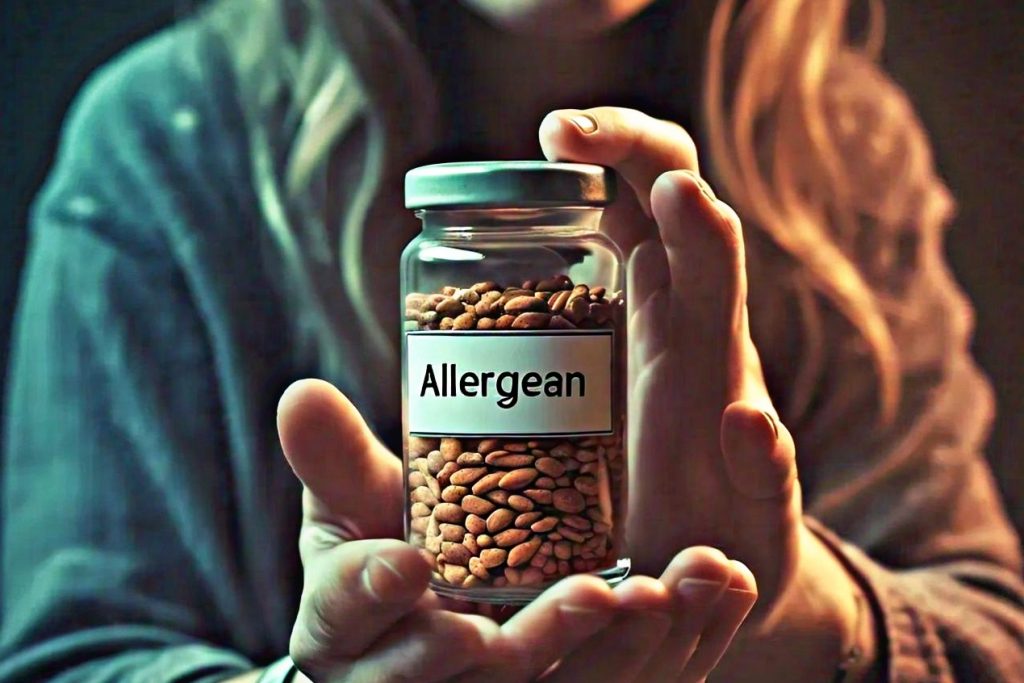
Research is continually advancing, offering new hope for those dealing with food allergy skin rashes:
- Oral Immunotherapy (OIT): Gradual exposure to allergens under medical supervision to build tolerance.
- Biologic Drugs: New medications targeting specific immune responses, like monoclonal antibodies.
- Genetic Testing: Personalized allergy treatments based on an individual’s genetic predispositions.
Final Thoughts
Food allergy skin rash is a complex condition that requires careful management and awareness. By understanding the symptoms, triggers, and treatment options, individuals can take proactive steps to minimize its impact on their lives. While the journey may seem challenging, advances in medical research continue to provide hope for better outcomes.
If you suspect a food allergy skin rash, consult a healthcare provider for accurate diagnosis and personalized care. With the right approach, managing food allergy skin rash is achievable, allowing you to lead a healthier and more confident life.

